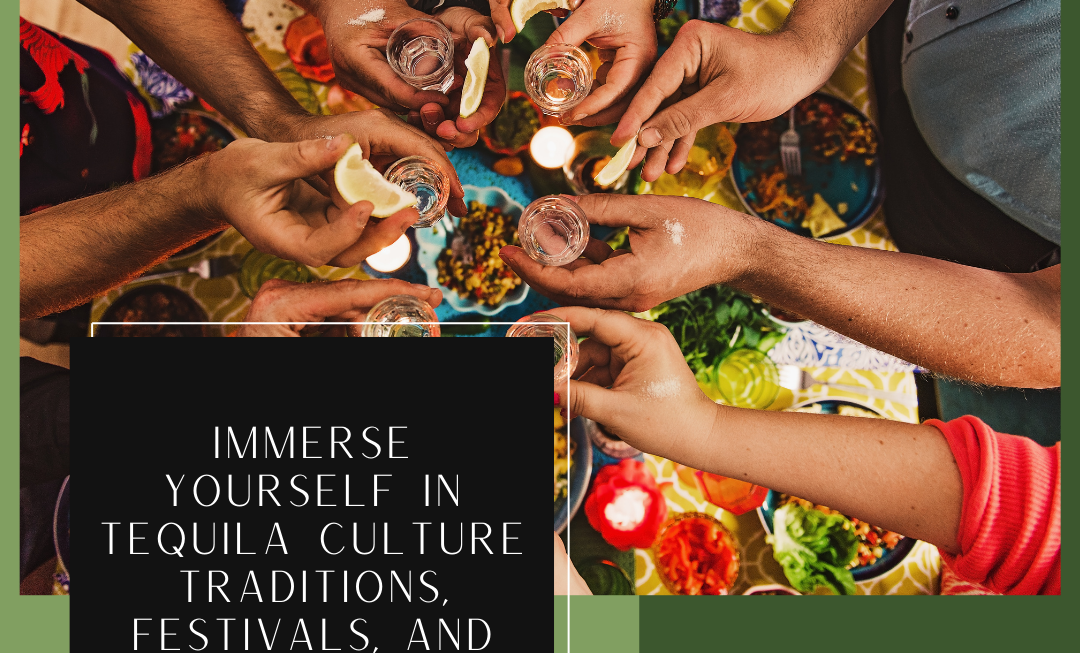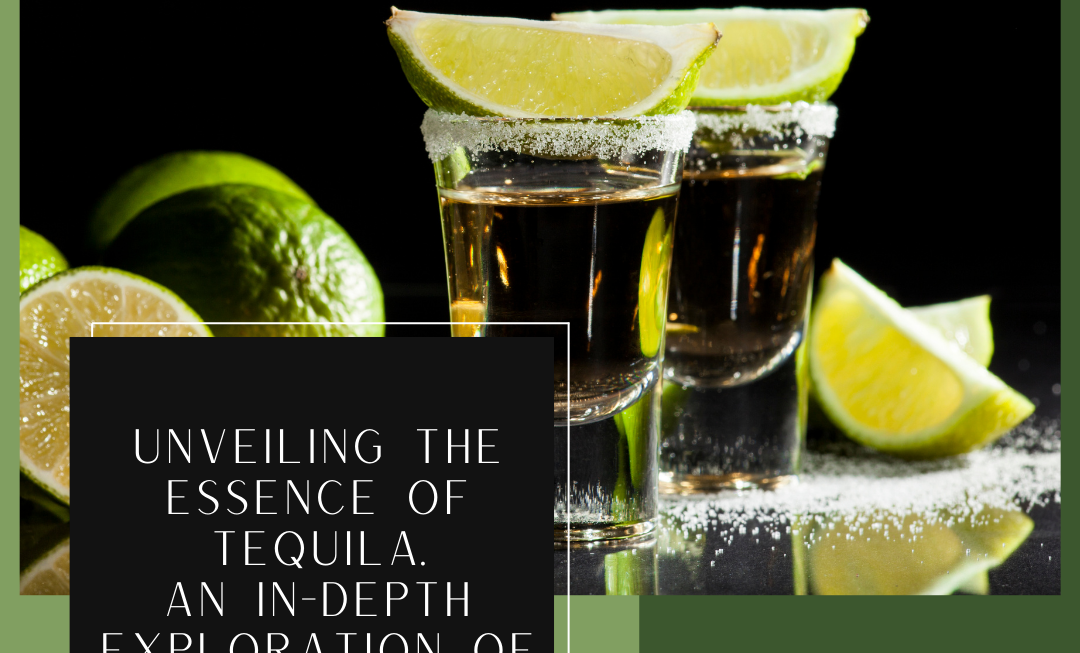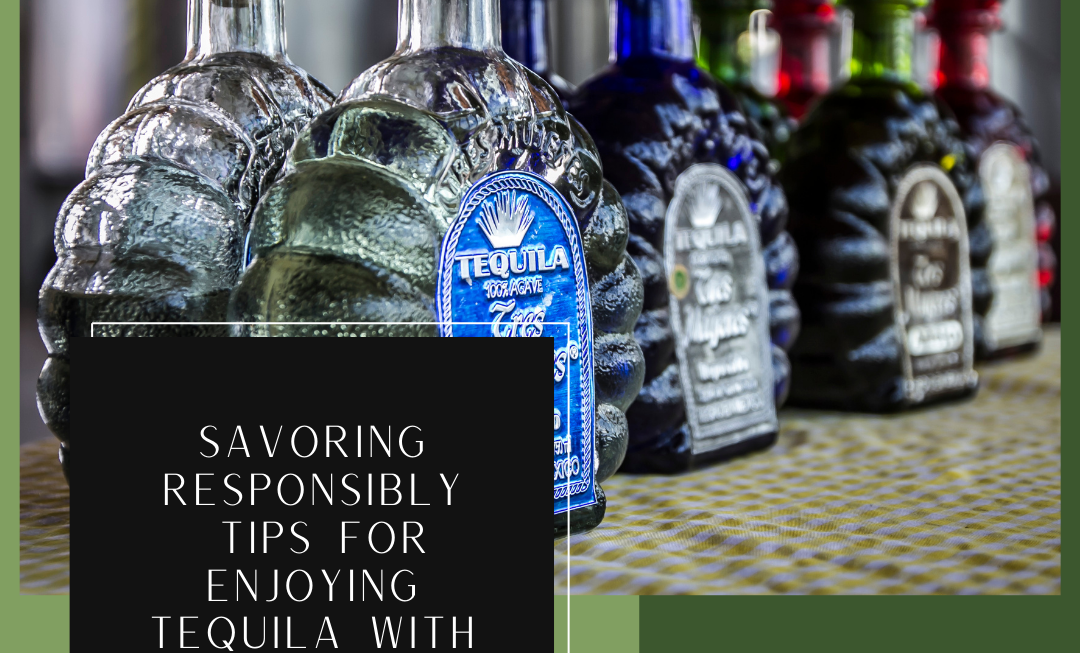Tequila culture is a vibrant tapestry woven with tequila traditions , history, and celebration
Buckle up, tequila enthusiasts and curious minds alike, because we’re about to embark on a south-of-the-border adventure unlike any other. Today, we’re diving headfirst into the captivating world of tequila traditions – a world that extends far beyond slamming shots and questionable bar bets. Tequila isn’t just a spirit; it’s a cultural icon, deeply woven into the fabric of Mexican life. It’s a vibrant tapestry brimming with tradition, history, and, of course, celebration.
From the Earth to the Glass: The Heartbeat of Agave Harvesting Festivals
Imagine this: golden sunlight bathes expansive fields of blue agave, their spiky silhouettes reaching towards the azure Mexican sky. Now, picture a lively fiesta, music pulsating through the air, as people come together to celebrate a time-honored tradition – the agave harvest festival, or “Jima de Agave” in Spanish. These annual events are more than just a party; they’re a way of life, a chance to pay homage to the sacred agave plant and the skilled “jimadores” who harvest it. 
These festivals typically take place during peak harvesting season, from late summer to early winter. Witness the dedication of the jimadores, their expertise passed down through generations, as they carefully extract the piña, the heart of the agave. It’s a mesmerizing process, a testament to the deep respect for this plant, considered a national treasure in Mexico. Witnessing the harvest firsthand is a truly humbling experience – a reminder of the dedication and hard work that goes into creating every bottle of tequila you raise to your lips.
But the festivities don’t stop there! Music fills the air, a joyous soundtrack to the celebration. Traditional folk dances erupt, a vibrant display of Mexican culture. And of course, there’s food – mountains of delicious barbacoa, steaming tamales, and hearty pozole – all washed down with generous pours of tequila. These festivals transcend borders, creating a sense of community and shared appreciation for Mexico’s most iconic spirit.
Beyond the Grave: Tequila traditions in Role in Day of the Dead
Tequila traditions extends far beyond harvest celebrations. It plays a significant role in Dia de los Muertos, or Day of the Dead, a deeply moving Mexican tradition that honors deceased loved ones. This isn’t your typical spooky Halloween affair. Dia de los Muertos is a vibrant celebration of life and death, a time to remember and cherish those who have passed on.
Imagine strolling through bustling plazas adorned with vibrant “ofrendas,” or altars. These beautiful displays, bursting with marigold flowers, flickering candles, and personal mementos, are dedicated to the departed. And what would these offerings be without a bottle of tequila? It’s believed to help guide the spirits on their journey to the afterlife and provide them with comfort and joy.
Throughout the festivities, music swirls through the air – lively mariachi bands and traditional folk dancers paint the streets with color and energy. Revelers raise their glasses of tequila in a toast to departed loved ones, a bittersweet but beautiful way to celebrate their lives and legacy. It’s a reminder that while death is inevitable, life’s journey is precious and worth cherishing. 
A Symphony of Sips and Sounds: Tequila Cocktails and Music – A Match Made in Mexico
Now, let’s talk about the perfect marriage: tequila cocktails and music. Each element enhances the other, creating a truly immersive experience for your senses. Imagine swaying to the soulful melodies of rancheras and boleros as you savor a classic Margarita, its tangy citrus notes complementing the smooth tequila. Or perhaps you’re dancing under the starlit sky, the rhythmic pulse of cumbia or salsa guiding your steps, as you sip a refreshing Tequila Sunrise, its vibrant colors mirroring the festive atmosphere.
Mexican music is as diverse as the country itself. From the passionate ballads of rancheras to the upbeat rhythms of cumbia and salsa, there’s a genre to suit every mood. Tequila cocktails, like the iconic Paloma, the tropical Tequila Sunrise, and the ever-popular Margarita, perfectly complement these musical styles. Their refreshing flavors and vibrant colors add another layer of enjoyment to the experience. Whether you’re enjoying a slow sip of a Blanco tequila neat while listening to a melancholic bolero or sharing a round of spicy Micheladas with friends as a banda plays lively tunes, tequila and music go hand-in-hand to create unforgettable moments of joy and celebration.
Beyond the Fiesta: A Deeper Look at Tequila Production
But tequila culture isn’t just about the vibrant celebrations and delicious cocktails. It’s also rooted in a rich history of production methods and regional variations. Let’s delve a little deeper into the fascinating world of tequila production:
-
The Agave Journey: The story of tequila begins with the blue agave plant, or Agave tequilana. This succulent takes a remarkable eight to twelve years to mature, slowly storing sugars in its piña – the heart of the plant used for tequila production. The jimadores, with their honed skills and traditional coa de jima (digging tool), carefully harvest the piñas at their peak, ensuring the highest quality tequila.
-
The Heart of the Process: Cooking and Extraction Once harvested, the piñas embark on their transformation. Traditional methods involve roasting the piñas in pit ovens lined with volcanic rock, imbuing the agave with a smoky flavor. Modern producers often use industrial ovens for efficiency, though some retain the time-honored pit roasting technique for a distinctive taste. The cooked piñas are then shredded, releasing the sweet agave nectar.
-
Fermentation’s Magic: The extracted agave nectar undergoes a magical transformation. Yeast is introduced, and the natural sugars in the nectar are converted into alcohol through fermentation. This process typically takes several days, and the resulting liquid, known as “mosto,” is a low-alcohol beer with a sweet and slightly sour taste.
-
The Alchemy of Distillation: The mosto is then distilled, separating the alcohol from the water and other impurities. Tequila can be distilled one or two times. A single distillation produces a stronger and more intense tequila, often preferred for aging. Double distillation results in a smoother and cleaner spirit, ideal for cocktails or sipping neat.
-
The Art of Aging: Tequila can be bottled immediately after distillation as a “blanco” or “plata” tequila, offering the purest expression of the agave’s flavor. However, for those seeking a more complex experience, tequila can be aged in various types of barrels, such as ex-bourbon, white oak, or even cognac casks. As the tequila rests, it interacts with the wood, absorbing color, tannins, and nuanced flavors like vanilla, caramel, or spice. The longer the aging process, the smoother and more complex the tequila becomes, resulting in expressions like “reposado” (aged for 2-12 months), “añejo” (aged for 1-3 years), and “extra añejo” (aged for over 3 years).
A Toast to Regional Diversity: Exploring Tequila’s Many Expressions
Tequila production doesn’t just vary in methods, it also boasts distinct regional expressions. The five designated tequila-producing regions in Mexico each contribute their unique terroir and traditions to the spirit:
- Jalisco: The undisputed birthplace of tequila, Jalisco is home to the iconic town of Tequila and some of the most renowned tequila brands. Agave grown in the volcanic red soil of this region imparts a distinctive minerality to the tequila.
- Michoacán: This region’s rich volcanic soil and cooler climate contribute to tequilas with a more herbal and vegetal character.
- Guanajuato: Known for its high-altitude agave cultivation, Guanajuato produces tequilas with a lighter and more floral profile.
- Nayarit: The coastal plains of Nayarit offer ideal conditions for growing blue agave, resulting in tequilas with a subtle sweetness and citrusy notes.
- Tamaulipas: The youngest tequila-producing region, Tamaulipas is known for its innovative approach to tequila production, sometimes incorporating modern techniques alongside traditional methods.
Unveiling the Secrets of Tequila Appreciation
Now that you’ve embarked on this journey into the heart of tequila culture, it’s time to translate this knowledge into an unforgettable experience. Here are some tips for appreciating tequila:
- Start Your Exploration: Begin with a Blanco tequila to experience the pure essence of the agave. Pair it with a simple lime wedge or a light citrus-based cocktail to savor its subtle flavors.
- Explore Regional Variations: As you delve deeper, explore tequilas from different regions to discover the unique characteristics each area imparts.
- Embrace the Art of Aging: Venture into the world of aged tequilas to experience the complexity that oak barrel aging brings. Savor these expressions neat or in a sophisticated cocktail that complements their nuanced flavors.
- Become a Tequila Aficionado: Join tastings, attend distillery tours, and connect with other tequila enthusiasts. The more you learn and explore, the richer your appreciation for this multifaceted spirit will become.
Tequila traditions : A Celebration of Life, Land, and Legacy
Tequila traditions isn’t just about slamming shots or downing Margaritas on the beach (although, again, there’s a time and place for that too!). It’s a vibrant tapestry woven with tradition, history, and a deep appreciation for the land and its bounty. From the reverence for the agave
plant during harvest festivals to the heartfelt remembrance of loved ones on Day of the Dead, and the electrifying fusion of music and cocktails, tequila traditions offers a window into the soul of Mexico. It’s a celebration of life, a tribute to the land that sustains us, and a link to the rich legacy of generations past.
A Spirit Steeped in History: From Ancient Origins to Modern Boom
Tequila’s story stretches back centuries, long before the arrival of Spanish conquistadors. The indigenous people of central Mexico, particularly the Aztecs, fermented the sap of the agave plant to create a beverage known as “pulque.” While pulque differed significantly from modern tequila, it laid the groundwork for the spirit’s development.
The Spanish, upon encountering the agave plant, introduced distillation techniques, paving the way for the creation of tequila as we know it today. Initially produced by small, local distilleries, tequila gradually gained popularity throughout Mexico. By the 19th century, tequila production had become a major industry, with exports reaching international markets.
The 20th century saw a surge in tequila’s global popularity, particularly with the rise of the Margarita cocktail. However, mass production also led to a decline in quality, with many commercially available tequilas focusing on quantity over craftsmanship. Thankfully, a recent resurgence in interest in artisanal and premium tequilas has brought a renewed focus on traditional production methods and high-quality ingredients.
Tequila and Tourism: A Match Made in Mexico
Tequila’s cultural significance has blossomed into a thriving tourism industry. Travelers from all corners of the globe flock to Mexico to experience the spirit’s birthplace firsthand. The “Tequila Route,” a designated tourist path winding through the agave landscape of Jalisco, offers visitors a chance to explore historic distilleries, witness traditional production methods, and, of course, sample a variety of tequilas. Beyond distillery tours, the region boasts charming towns, breathtaking natural landscapes, and a rich cultural heritage waiting to be discovered.
The Future of Tequila: A Spirit of Innovation
Tequila traditions is a living culture, constantly evolving while staying true to its roots. Modern distillers are experimenting with innovative techniques, such as using different agave varietals or aging tequilas in unusual cask types. These innovations, combined with a renewed appreciation for traditional methods, promise an exciting future for tequila.
So, the next time you raise a glass of tequila, take a moment to appreciate the spirit’s rich tapestry. It’s a toast to the skilled jimadores who harvest the agave, the passionate distillers who craft the spirit, and the vibrant culture that celebrates life, land, and legacy. ¡Salud!
Unleash your inner tequila aficionado! With a little exploration and a newfound appreciation for this multifaceted spirit, you’re sure to discover a world of flavor, culture, and tradition waiting to be savored.
-
Read more:
Immerse Yourself In Tequila Culture : Traditions, Festivals, And Music
Unveiling The Essence Of Tequila : An In-Depth Exploration Of Mexico’s Iconic Spirit
Savoring Responsibly: Tips For Enjoying Tequila With Care And Sustainability
A Guide To Tequila Brands : From Traditional To Ultra-Premium
Elevate Your Dining Experience: Tequila And Food Pairing For Every Course
Crafting The Perfect Tequila Cocktails: Crafting Timeless Recipes
Savoring The Spirit : How To Drink Tequila With Style And Sophistication
Exploring The Heartlands Of Tequila: A Journey Through Jalisco And Its Highlands Vs. Lowlands
Exploring The Spectrum Of Tequila : A Guide To Its Diverse Types
Exploring The Spectrum Of Tequila : A Guide To Its Diverse Types
Tequila And Mezcal: Deeply Rooted From The Mexican Culture
Tequila: A Toast To Tradition And TerroirDisclaimer: This post contains affiliate links. If you purchase through these links, I may earn a small commission at no additional cost to you.




